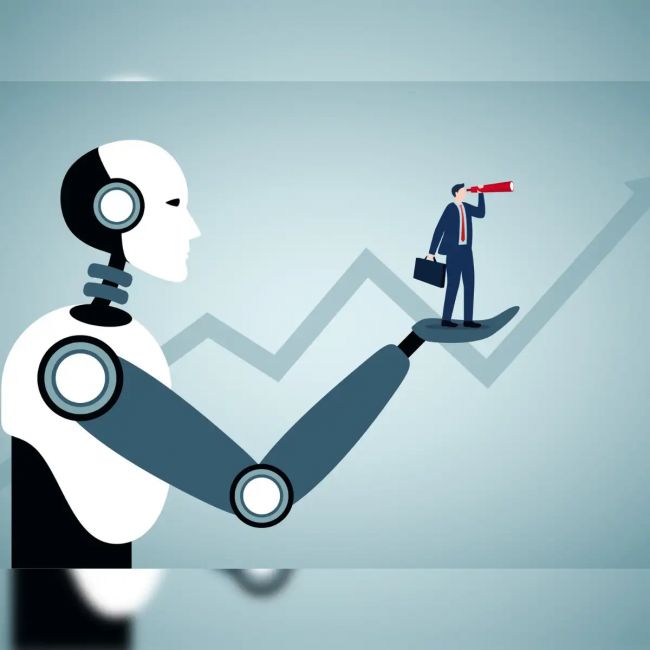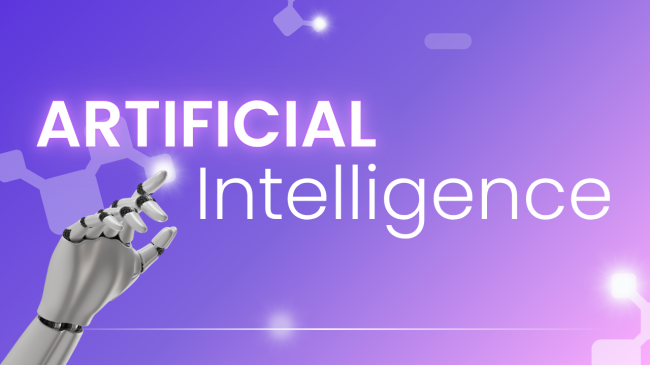It started with a quiet memo.
No press release. No flashy keynote. Just a message from the top trickling down to Microsoft’s global workforce: “Using AI is no longer optional.” And with that, the tone was set. A new kind of workplace transformation was underway—one not driven by tools, but by survival.
Act I: The Shift Nobody Could Ignore
Julia Liuson, President of Microsoft’s Developer Division, had seen enough. Despite billions invested in GitHub Copilot and other AI tools, real adoption among employees lagged. So she wrote to managers across levels and regions:
“We need to lead by example... AI must be embedded in every role.”
At first, it sounded like a nudge. But behind the scenes, it was more than that. Microsoft was drafting new performance review criteria—and AI usage was being tied directly to how employees would be evaluated.
The message: AI fluency is not a bonus skill anymore. It’s the job.
Act II: Copilot in the Crosshairs
The irony? Microsoft’s own staff weren’t using Copilot as much as expected. While customers were buying in, internal usage data told another story. Some employees were still doing things the old way—manually writing code, drafting reports, attending back-to-back meetings without AI summaries.
Executives knew they needed change. And fast.
So, what better way to push adoption than to tie it to something employees actually care about—their careers?
This wasn’t just about boosting numbers. It was about setting a new standard. One where your ability to adapt to AI could define whether you thrive or stagnate within one of the world’s most powerful tech companies.
Act III: Rumors, Reviews, and Reality Checks
Soon, whispers spread across Microsoft Teams channels:
- “Did you hear they’re tracking Copilot usage now?”
- “My manager asked me how I used AI in my last project.”
- “Are they serious about layoffs?”
Turns out, yes.
Reports emerged that Microsoft’s July review cycle might incorporate AI adoption into evaluations. At the same time, layoffs—particularly in the gaming division—were quietly being planned. The writing was on the wall.
A developer close to the transition shared, “It's not fear-based... but there's a definite pressure now. You don’t want to be the one not using AI in your daily workflow.”
Act IV: The Philosophy Behind the Push
Satya Nadella had been clear about this for months. In interviews and internal town halls, he repeated one idea:
“The hardest part of AI isn’t building it. It’s getting people to change how they work.”
That’s the hill Microsoft is now climbing—not just building Copilot, but changing how 200,000+ people work with it. And that means rewiring habits, reshaping review systems, and redefining what “good performance” looks like in the AI era.
Act V: What This Means for Everyone Else
Microsoft may be the first to make AI usage mandatory, but it won’t be the last.
Duolingo, Shopify, and even consulting firms have begun evaluating employees based on their ability to integrate AI into tasks. Across industries, a new unspoken rule is taking shape:
If you don’t use AI, you might not keep up.
But this shift brings questions, too. What about fairness? What about creative roles or slower adopters? Is AI usage really a skill—or just another KPI to check?
Epilogue: Adapt or Wait and See?
Microsoft didn’t make this change for optics. It made it because the world is moving faster than traditional workflows can handle. And when the speed of business is measured in tokens and prompts, adaptability becomes the most valuable asset.
So here we are—watching a tech giant not just build the future, but enforce it internally.
The AI revolution isn’t coming. At Microsoft, it’s already part of your performance review.





